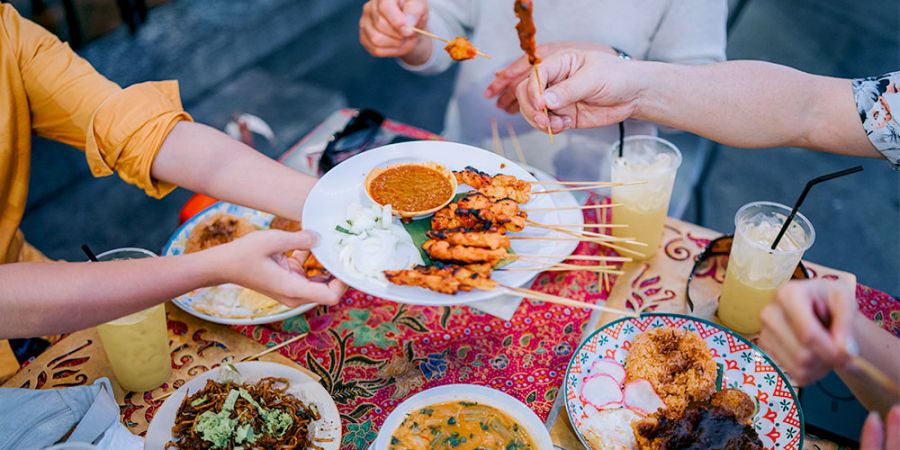
Mclub World – The world on your plate: why culinary tourism is rising as a top travel trend in recent years. Travelers no longer seek only sights and beaches; now, they crave local tastes. Food becomes the gateway to understanding culture, tradition, and everyday life. From street food in Bangkok to Michelin dining in Paris, people pursue flavors that tell stories. This shift has redefined tourism entirely.
“Read More: Top 10 most Popular Easter Candy Brands in the World with Great Taste”
Eating local meals builds stronger connections than souvenirs ever could. Every dish offers a glimpse into a region’s history and identity. Besides that, sharing meals with locals opens up spontaneous conversations. Tourists return home not just full, but enriched with insight. Food, therefore, is no longer a side activity—it’s the main itinerary. In many cases, culinary memories outlast all others.
Social media fuels this movement further. Travelers post street snacks and fine dining in real time. Instagram reels of handmade pasta or sizzling skewers inspire the next destination. Meanwhile, travel platforms promote curated “food trails” and tasting tours. This form of tourism blends adventure with appetite. For many, discovering new spices feels as thrilling as climbing mountains. Culinary travel now has a loyal, growing audience.
“Read About: Tech Disruption: How Emerging Trends Are Leading the Digital Leap”
Culinary tourism drives growth in small towns and rural communities. Instead of only large resorts profiting, local vendors see a surge in income. Farmers, fishermen, and family-run restaurants all gain attention. In turn, regions preserve their food traditions instead of replacing them. Governments have started recognizing this trend by organizing food festivals and markets. As a result, gastronomy helps boost tourism in sustainable ways.
Modern tourists want more than pretty plates—they seek genuine flavors. Mass-produced meals rarely satisfy this new generation of travelers. People prefer learning how to cook from grandmothers or buying spices from traditional stalls. Authenticity matters more than perfection. Because of this, cooking classes, farm visits, and home dining experiences grow in popularity. It’s no longer just about eating—it’s about participating in the food story.
Culinary travelers are more mindful about health and the planet. Plant-based menus, organic farms, and waste-free kitchens attract ethical eaters. While exploring, they ask where ingredients come from and how meals are made. This awareness shifts tourism from indulgence to intention. Travelers now choose destinations based on environmental practices and ethical sourcing. Therefore, food choices reflect personal values just as much as taste.
With food tourism booming, new careers blossom. Local guides train as food historians or culinary instructors. Young entrepreneurs open pop-up kitchens and offer Airbnb dining experiences. Chefs launch food tours highlighting their own cultures. In parallel, content creators turn food stories into profitable travel blogs or documentaries. The field evolves rapidly as passion and business combine.
All signs point toward continued growth. More airlines now feature food destinations in their in-flight magazines. Streaming services promote culinary travel shows that spark global wanderlust. Tourism boards across the world include gastronomy in their marketing. Because of this, food becomes more than flavor—it’s a passport to understanding the world. As travelers explore with their taste buds, they create lasting bonds through every bite.
This website uses cookies.